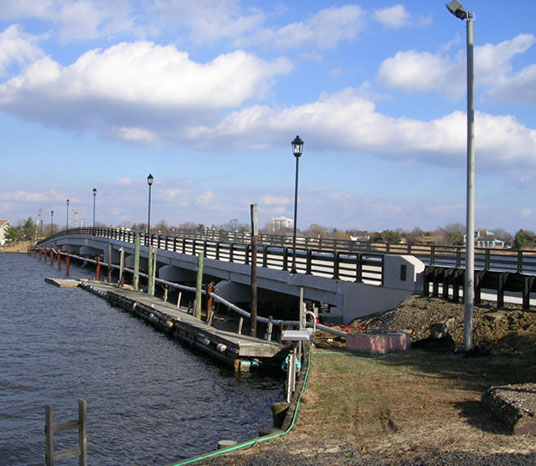By KENNY WALTER
Staff Writer
SHREWSBURY — A two-month study has identified some of the problem areas in the Navesink River that have led to increased pollution.
Bob Schuster, acting chief of the New Jersey Department of Environmental Protection (DEP) Bureau of Marine Water Monitoring, said during the Aug. 4 Two River Council of Mayors meeting that the agency did a study of the river after rain events in June and July and targeted several areas that are leading to pollution problems.
“We are here because water quality is degrading in parts of the upper Navesink,” Schuster said. “Our shellfish classification data says we have large spikes after rain events.
“Basically, from this data the reason we are here is to move forward because we know the stations now where we are seeing the biggest impact.”
In 2015, the DEP downgraded 565 acres of the Navesink River as unsuitable for shellfishing due to pollution.
Clean Ocean Action, a Highlands-based nonprofit dedicated to improving water quality along the coasts of New Jersey and New York, served as the host to a public meeting on June 28 to discuss the findings of its report, “Pathogen Pollution in the Navesink River: Addressing Fecal Contamination in the Navesink River Watershed,” which was based on close to a year’s worth of research.
The report indicated that the Navesink suffers from extremely high levels of fecal coliform bacteria, which is mainly attributable to non-point sources (NPS) of pollution, such as failing septic systems, aging infrastructure, wildlife and domesticated animals.
Another key issue discussed in the report was stormwater runoff after rain — much of the Navesink River Watershed is covered in “impervious surfaces,” such as paved roads that inhibit or prevent natural drainage, so rainfall instead flows into the river and carries NPS pollutants with it.
These levels of fecal coliform pollution prompted the DEP to declare the river unsuitable for shellfishing and also explain why it is unsafe for swimming. It does, however, remain safe for boating according to the DEP, although the report pointed out the water quality bar for safe boating is much lower than the required water quality bar for safe swimming.
Schuster said one of the goals of the DEP is to form partnerships with municipalities and property owners, which will make it easier to both identify sources of pollution and put steps in place to reduce the problems.
He also said one of the underreported sources of pollution is waste from dogs and other domesticated animals.
“It’s a simple thing that really needs to be put back out there and can help,” Schuster said. “People need to be aware of it, as well as other types of domestic[ated] animals to just stop that from getting to water bodies.”
Schuster also said cleaning out stormwater lines and drains could also have a positive impact in reducing pollution in the river.
Contact Kenny Walter at [email protected].

